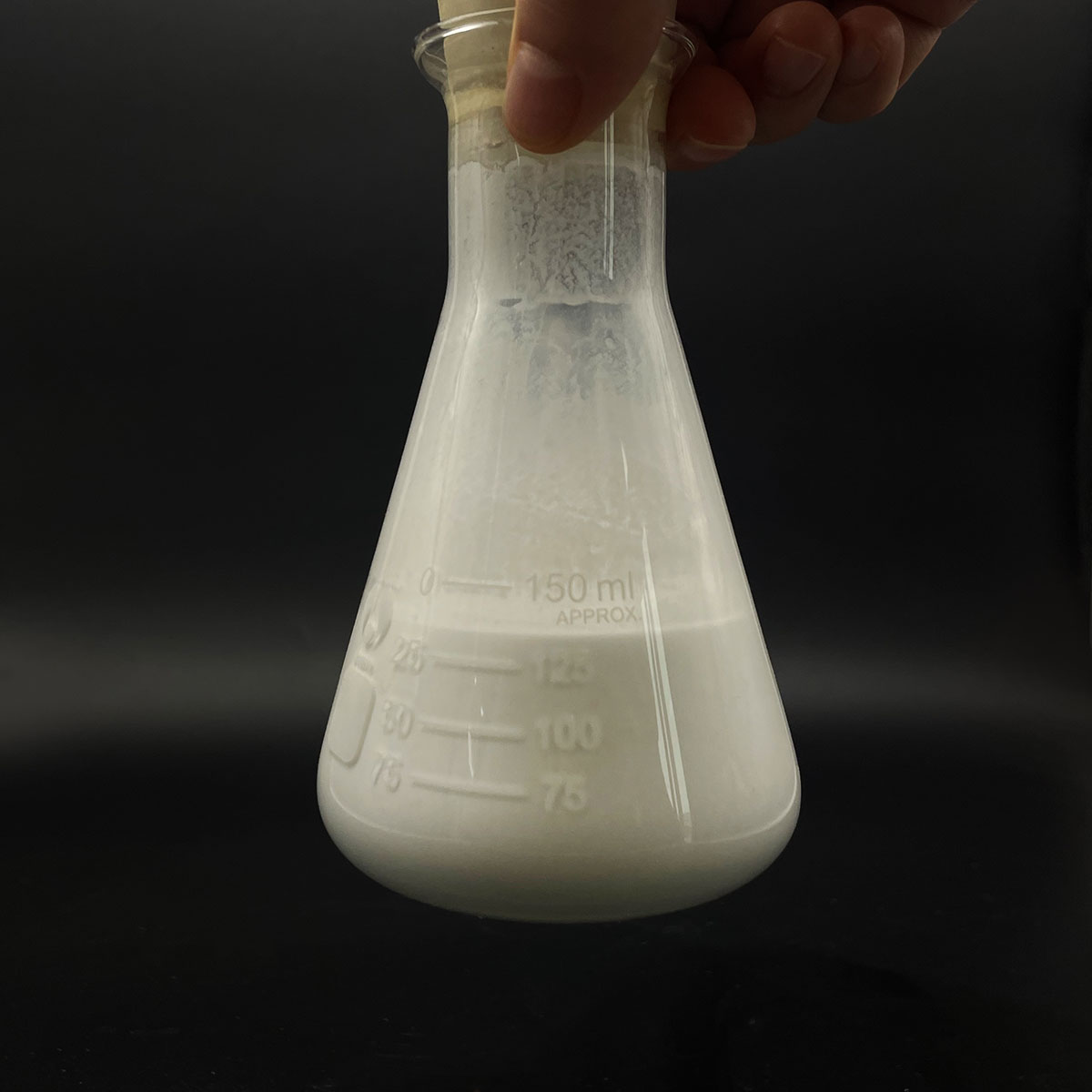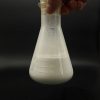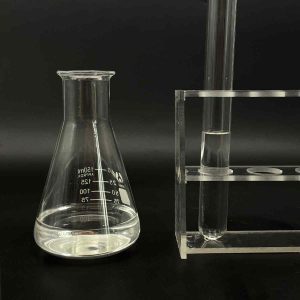Overview of Calcium Lignosulfonate Is a Multi-Component Polymer Anionic Surfactant
Anionic surfactants are a class of surface-active agents characterized by a negatively charged hydrophilic head group when dissolved in water. This charge arises from the presence of a sulfate, sulfonate, phosphate, or carboxylate group. They are among the most widely used surfactants due to their effective cleaning properties, foaming capacity, and broad compatibility with other formulation ingredients. Anionic surfactants find extensive application across industries, including personal care, household cleaning, textiles, and industrial processes.
Features of Calcium Lignosulfonate Is a Multi-Component Polymer Anionic Surfactant
-
Negative Charge: The anionic head group imparts water solubility and enables interaction with positively charged surfaces or particles.
-
Detergency: Exceptional at removing dirt, grease, and oils due to their strong polarity and ability to penetrate and disrupt these substances.
-
Foaming Properties: Many anionic surfactants generate stable and abundant foam, making them ideal for applications where lather is desired.
-
Cost-Effectiveness: They are often less expensive than nonionic, cationic, or amphoteric surfactants due to the abundance of raw materials and established production processes.
-
Compatibility: Can be combined with other surfactants to enhance performance or adjust properties, although care must be taken to avoid precipitation or incompatibility issues.
-
Environmental Considerations: Some anionic surfactants may pose environmental concerns due to their persistence or toxicity; however, biodegradable options are available.
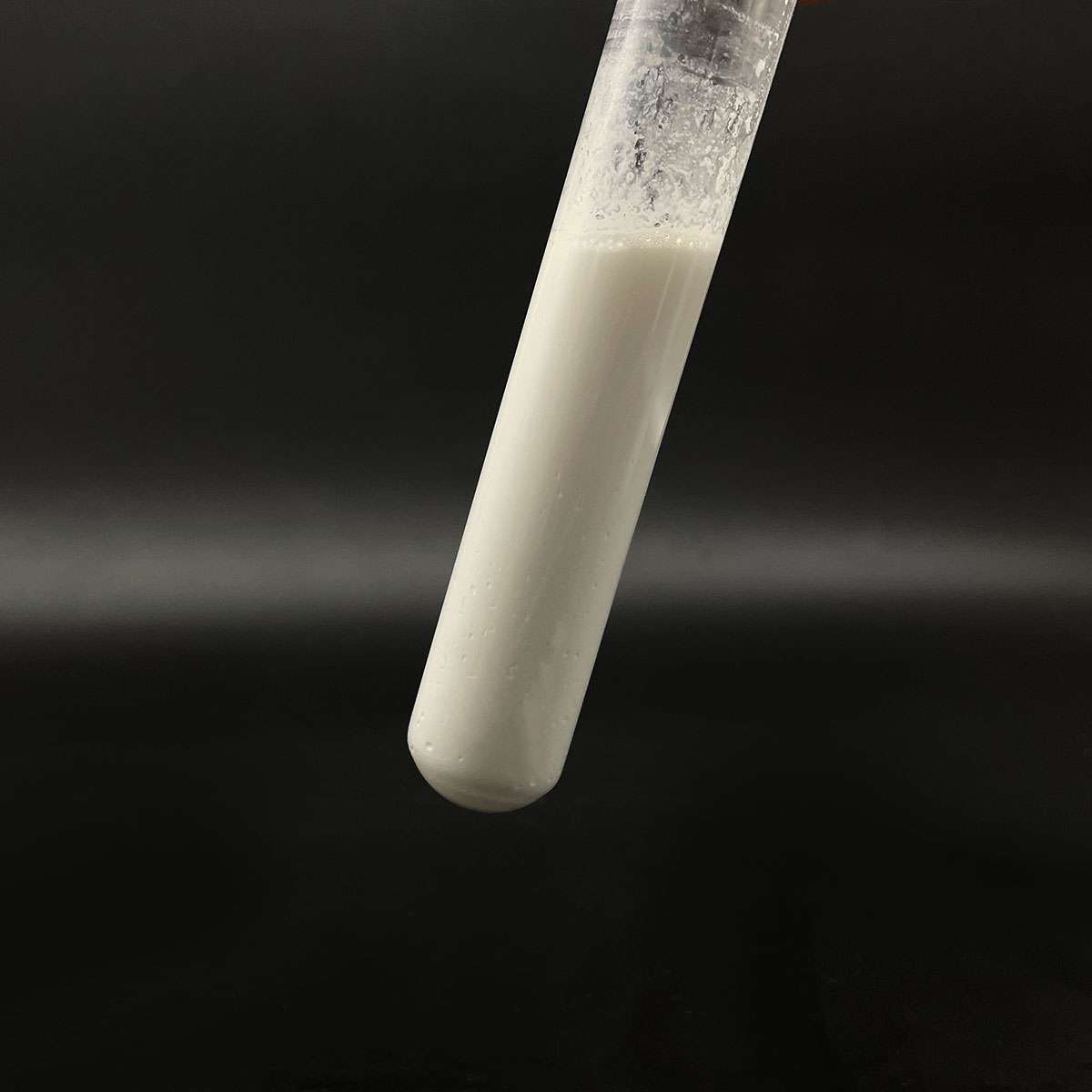
(Calcium Lignosulfonate Is a Multi-Component Polymer Anionic Surfactant)
Specification of Calcium Lignosulfonate Is a Multi-Component Polymer Anionic Surfactant
Calcium Lignosulfonate is a multi-component polymer anionic surfactant. It is created from lignin during the sulfite pulping procedure in timber handling. The item consists of a mix of natural polymer chains, sulfonic acid teams, and calcium ions. These parts provide it surface-active residential properties. It functions by reducing surface tension in fluids. This makes it efficient in different commercial applications.
The product looks like a brownish-yellow powder or liquid. It liquifies conveniently in water. It is stable in acidic and alkaline problems. The pH of its remedy ranges from 4 to 6. It has low toxicity. It is naturally degradable. This makes it eco-friendly.
Calcium Lignosulfonate is commonly made use of as a water-reducing representative in concrete. It boosts workability and toughness of concrete blends. It decreases the setting time. This allows less complicated handling throughout building and construction. It functions as a dispersant in ceramic manufacturing. It prevents fragments from clumping. It makes sure also circulation in slurries.
In agriculture, it acts as a binder for fertilizers. It aids nutrients stick to soil. It decreases dust in pesticide formulations. It is made use of in coal-water slurry gas. It enhances fluidity and burning performance. It reduces dust on roadways and mining sites. It catches great bits. This boosts air quality.
The product functions as a stabilizer in dye production. It keeps shades regular. It protects against resolving in liquid solutions. It is added to oil boring liquids. It controls thickness. It lowers friction throughout exploration.
Calcium Lignosulfonate works with many chemicals. It does not respond strongly with metals. It is safe for storage in basic containers. It carries out well at temperatures approximately 200 ° C. It continues to be reliable in high-salinity settings.
Handling calls for basic safety equipment. Gloves and safety glasses are suggested. Long term skin contact need to be prevented. The product is non-flammable. It presents very little environmental danger. Appropriate disposal follows basic industrial waste standards.
The product is cost-effective. It provides high efficiency at low does. Its convenience makes it ideal for diverse industries. Vendors supply customized qualities for certain applications. Technical assistance is offered for optimal usage.
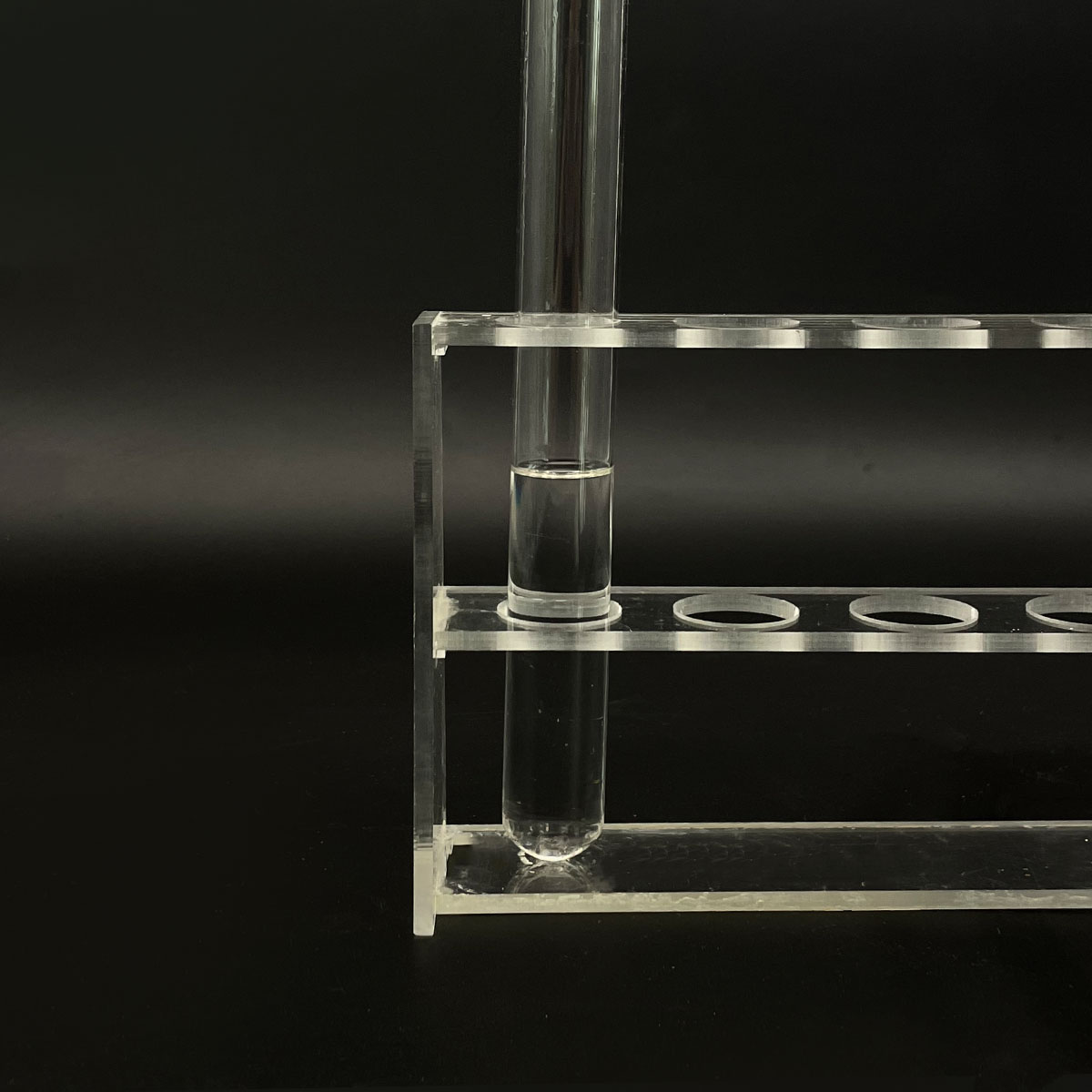
(Calcium Lignosulfonate Is a Multi-Component Polymer Anionic Surfactant)
Applications of Calcium Lignosulfonate Is a Multi-Component Polymer Anionic Surfactant
Calcium lignosulfonate is a multi-component polymer anionic surfactant derived from lignin. It has a large range of applications across markets because of its ability to function as a dispersant, binder, and stabilizer. In construction, it functions as a water-reducing agent in concrete. It spreads concrete fragments effectively. This boosts workability. It minimizes the amount of water needed. The result is more powerful, a lot more sturdy concrete frameworks. Builders value its cost-effectiveness.
In agriculture, calcium lignosulfonate functions as a soil conditioner. It binds nutrients in fertilizers. This prevents leaching. Plants soak up nutrients more successfully. Farmers see boosted yields. It likewise acts as a dispersant in chemical solutions. Spray applications become much more consistent. Bug control becomes extra efficient.
The mining market utilizes calcium lignosulfonate in mineral handling. It supports slurry mixtures. Ore bits remain suspended longer. Separation efficiency increases. Recovery prices for metals like copper or gold enhance. Functional costs drop.
Makers of ceramics and refractories count on it as a binder. It improves the plasticity of clay mixes. Products keep form throughout developing and drying. Fracturing risks lower. Firing procedures become much more regular. End products reveal higher quality.
Roadway building and construction projects use calcium lignosulfonate for dust control. It binds great bits on unpaved surfaces. Airborne dust lowers. Erosion slows. The compound is green. It breaks down normally with time.
Water therapy plants utilize it to eliminate heavy steels. It chelates impurities like lead or cadmium. Wastewater becomes much safer for discharge. Regulative compliance simplifies. Maintenance costs stay reduced.
Textile industries utilize it as a color dispersant. Shades disperse evenly throughout textiles. Coloring harmony enhances. Waste from excess color reduces. Manufacturing runs smoother.
The versatility of calcium lignosulfonate originates from its all-natural origin. It supplies a lasting choice to synthetic surfactants. Industries prioritize it for both efficiency and ecological benefits.
Company Profile
SurfactantChina is a trusted global chemical material supplier & manufacturer with over 12-year-experience in providing super high-quality surfactant and relative products.
The company has a professional technical department and Quality Supervision Department, a well-equipped laboratory, and equipped with advanced testing equipment and after-sales customer service center.
If you are looking for high-quality surfactant and relative products, please feel free to contact us or click on the needed products to send an inquiry.
Payment Methods
L/C, T/T, Western Union, Paypal, Credit Card etc.
Shipment
It could be shipped by sea, by air, or by reveal ASAP as soon as repayment receipt.
5 FAQs of Calcium Lignosulfonate Is a Multi-Component Polymer Anionic Surfactant
Calcium lignosulfonate is a multi-component polymer anionic surfactant. It works by reducing surface tension in liquids. This makes it useful in many industries. Here are five common questions about it. What is calcium lignosulfonate? It comes from wood processing. Lignin in wood is treated to create this compound. It acts as a surfactant and dispersing agent. The product is water-soluble and eco-friendly. Industries like construction and agriculture use it widely.
Where is calcium lignosulfonate applied? It is used in concrete mixtures. It improves workability and delays setting time. Farmers add it to fertilizers or pesticides. It helps nutrients stick to soil or plants. Dust control on roads uses it too. It binds particles to reduce airborne dust. Other uses include ceramics and oil drilling fluids.
Why choose calcium lignosulfonate over alternatives? It is cost-effective. It performs well in harsh conditions. The product is biodegradable. This reduces environmental harm. It works with many materials without causing damage. Synthetic surfactants often lack these benefits.
Is calcium lignosulfonate safe? It is non-toxic when handled properly. Direct contact with skin or eyes should be avoided. Minor irritation might occur. Protective gear like gloves is recommended during use. The compound breaks down naturally over time. It does not accumulate in ecosystems.
How should calcium lignosulfonate be stored? Keep it in a dry, cool place. Moisture causes clumping. Sealed containers prevent contamination. Storage areas must have good airflow. Avoid direct sunlight. Shelf life is typically one to two years. Check packaging for exact details.
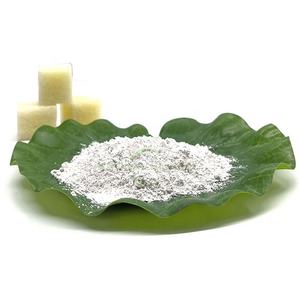
(Calcium Lignosulfonate Is a Multi-Component Polymer Anionic Surfactant)

